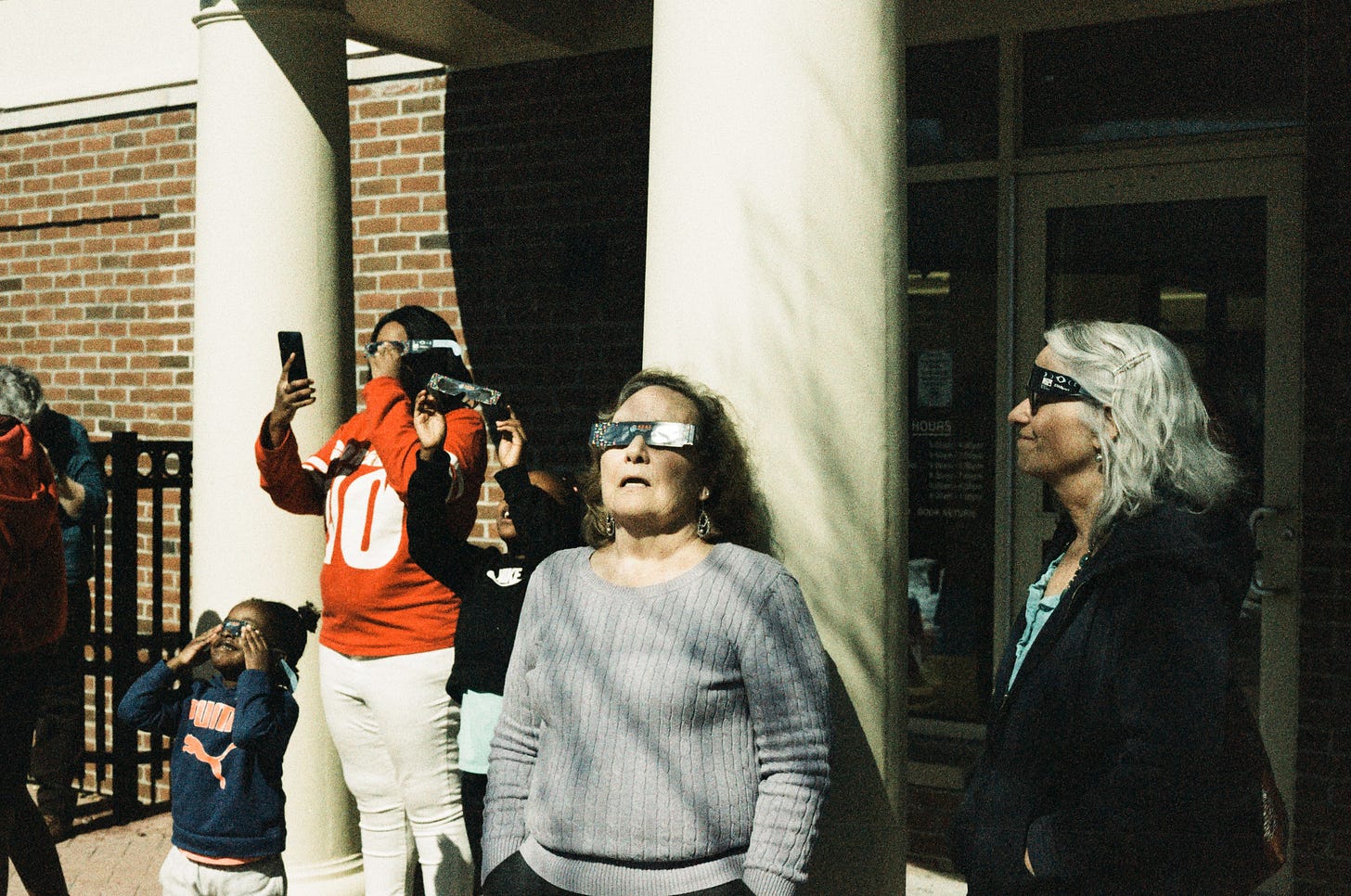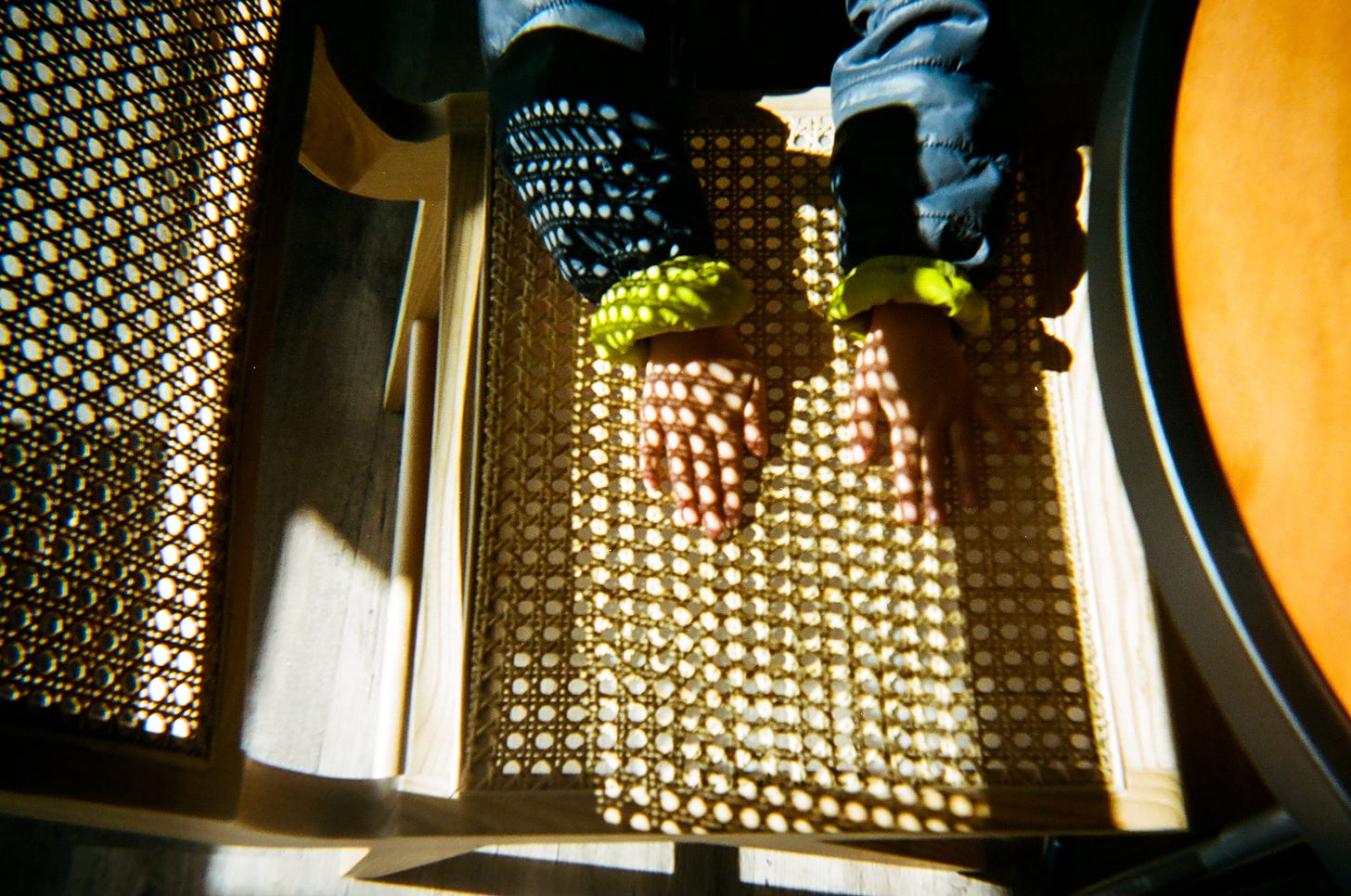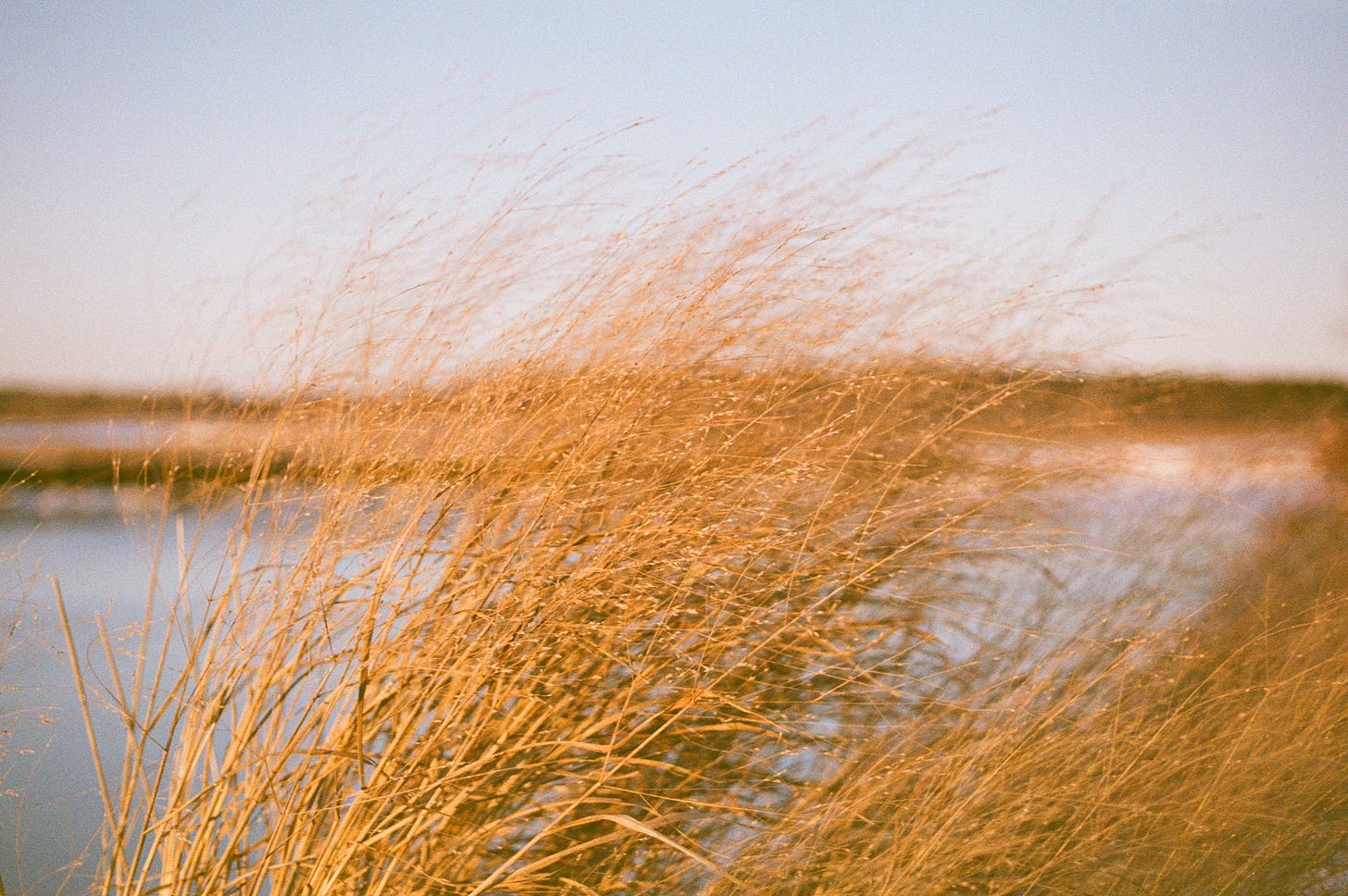First, Consider Light...
Light, amongst all other things, is the foundation of photography.
The light that shines upon everything we see is ancient. The photons that have escaped the sun, making their way to us, were formed somewhere between 10,000 and 170,000 years ago. The journey from formation in the sun’s core to our little planet is hard to comprehend. Their flight across the solar system takes about 8 minutes 20 seconds, it is just a blink of time compared to the journey they have made prior to leaving their star.
At night, the light that we see as starlight is traveling for years to make its way to us. Polaris is 433 light years away, when you look at the North Star, you are seeing it as it was 433 years ago. V726Cas in Cassiopeia is 16,308 light years away. Visible to the naked eye, you are seeing light that left its star before the human migration to what we now call North America.
Nearly 200 years ago, the first permanent photographic images were created. Using a light sensitive varnish and a camera obscura, Joseph Nicéphore Niépce exposed a bit of pewter that was coated in bitumen for eight hours. He then “processed” the exposed varnished metal with a mix of oil of lavender and white petroleum, rinsing away the bits of the image that had not been hardened by the sun, to create a “heliograph.”
In all the years since, photography has evolved to be the enormous, dynamic art form that it is. All of it is based upon using light: On a collodion slide, or roll of photosensitive film, or a digital sensor programmed to respond to photons. Light is fundamental to photography.
Ultimately, light is your true subject. Observing where light is coming from and noting its qualities is what makes great photos. You may hear people talk about “good” light and “bad” light. For the purposes of these lessons, I want you to let go of placing a value on the light you are working with.
Just Pay Attention To It.
I want you to take a moment in the coming days to just notice the light. This could mean taking walks during the last golden minutes of sunset. Slow down and look, I mean REALLY LOOK at where light hits things. What are the boundaries of light and shadow, where do they fall? Try to use different language to describe the light you see. Or go outside at noon on a sunny day, what does the light do then? How about in the evening? Look at the environment you live in, in your home, your yard, your neighborhood. Pay attention to what and how the light is behaving and take note of it.
Or pick one small place that will be your subject, watch it for a few days in a row, check on it at different times of day or when there is different weather. How does the light change?
Perhaps you want to walk around and take photos with a camera, it could be any camera, a phone camera, a very fancy mirrorless camera, an old 35mm you got at a funky camera shop, a point and shoot disposable, a Polaroid. Spend some time just taking photos of things that are being highlighted by light. Don’t worry about whether or not it’s a good photo. Stop judging yourself. You are here to learn.
See some light - take a picture. Or don’t. Perhaps you just write about it in a little notebook you have with you. Do a little sketch instead. Make a voice note on your phone describing the light hitting whatever it is hitting. This doesn’t need to be something you share. This is just for you. A little exploration. A tiny secret. You and a moment in time and paying attention the light.
Just be there. In that moment.




